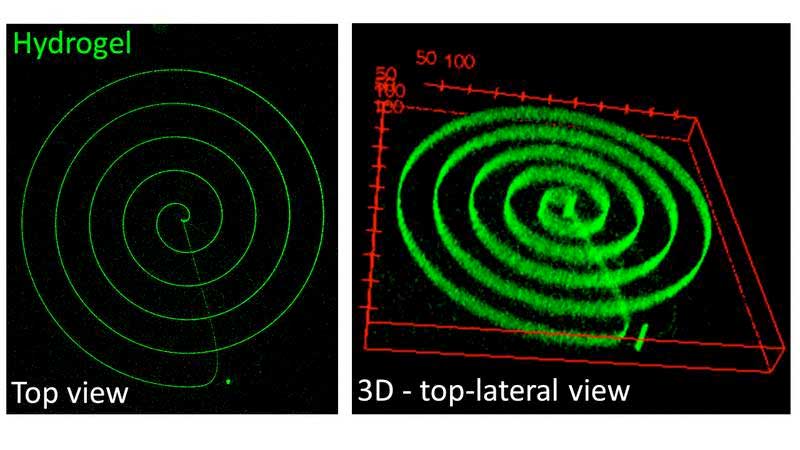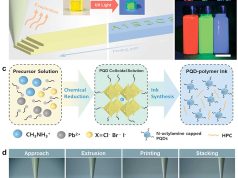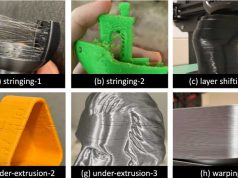Researchers at the Zayed Centre for Research in London have developed a new method for 3D printing human tissue. By selectively placing polymer structures, they can control the growth of organoids – tiny artificial organs.
The scientists use a high-powered microscope to direct the organoids into a desired shape. By placing polymer support structures next to a growing lung organoid, they can make the cells branch out.
“These 3D structures then act as barriers to direct the growth of the miniorganoids in specific directions or patterns,” explains Giovanni Giobbe, Ph.D., co-author of the study.
The technique allows precise control of cell development, which Giobbe says is important for many fields such as regenerative medicine and drug testing. Ultimately, it could enable 3D printing of complex, functional tissues and organs for transplantation.
The method provides new insights into how 3D bio-printing can control tissue growth in shape, activity and direction. The researchers were able to successfully introduce solid structures into a gel to control growth patterns in real time.
According to Giobbe, 3D printing can be used to develop precise organ models for drug testing, customized organ replacements and regenerative therapies, among other things. Ultimately, he said, the goal is to replicate the complex structures of organs.
More details can be found in the paper “Hydrogel-in-hydrogel live bioprinting for guidance and control of organoids and organotypic cultures.“
Subscribe to our Newsletter
3DPresso is a weekly newsletter that links to the most exciting global stories from the 3D printing and additive manufacturing industry.
























